Home>Gardening & Outdoor>Landscaping Ideas>How To Get Rid Of Water Grass
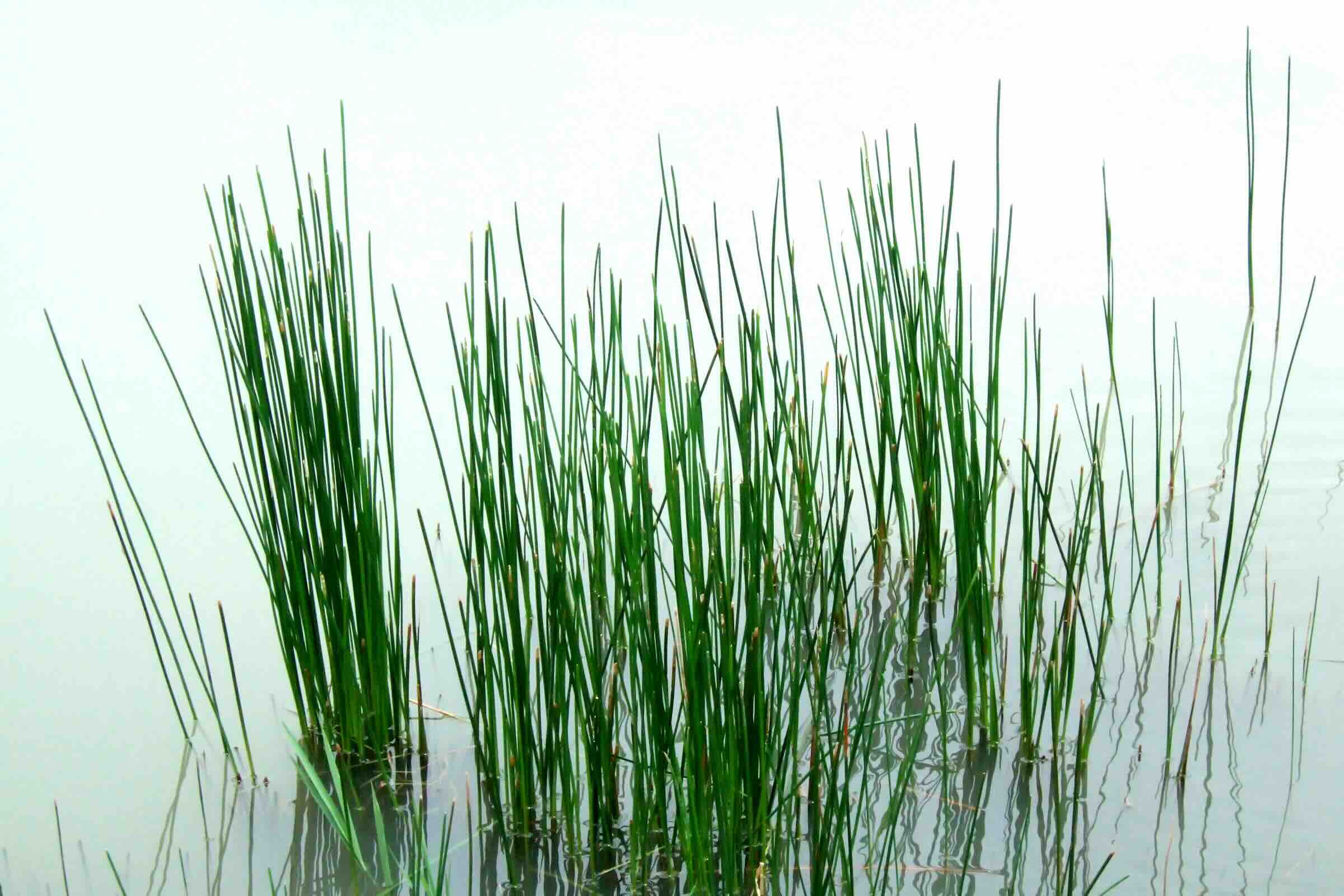

Landscaping Ideas
How To Get Rid Of Water Grass
Modified: March 24, 2024
Learn effective landscaping ideas to get rid of water grass and improve the aesthetics of your outdoor space. Explore expert tips and techniques for a lush, weed-free lawn.
(Many of the links in this article redirect to a specific reviewed product. Your purchase of these products through affiliate links helps to generate commission for Storables.com, at no extra cost. Learn more)
**
Introduction
**
Are you tired of battling with water grass invading your beautiful landscape? You're not alone. Dealing with unwanted water grass can be a frustrating and time-consuming challenge for many homeowners and garden enthusiasts. However, with the right approach, you can effectively get rid of water grass and restore the natural beauty of your outdoor space.
In this comprehensive guide, we will explore various methods for removing water grass, ranging from natural remedies to chemical treatments. Additionally, we will discuss preventive measures to minimize the re-growth of water grass, allowing you to maintain a pristine and flourishing landscape. Whether you're a seasoned gardener or a novice enthusiast, this article will equip you with the knowledge and techniques needed to combat water grass and reclaim the serenity of your outdoor environment.
So, let's delve into the world of water grass and discover how to effectively eliminate this persistent nuisance from your landscape.
**
Key Takeaways:
- Say goodbye to water grass by using natural methods like manual removal and biological control, or opt for chemical treatments for more extensive infestations.
- Prevent water grass re-growth by maintaining vigilance, optimizing water management, and integrating pest management strategies to sustain a thriving landscape.
Read more: How To Get Rid Of Water Grass In A Lawn
Understanding Water Grass
**
Before delving into the methods of removing water grass, it's essential to understand the nature of this persistent plant. Water grass, also known as water weed or aquatic grass, is a type of invasive vegetation that thrives in moist or aquatic environments. It often spreads rapidly, forming dense mats that can overtake ponds, lakes, and other water bodies, as well as infiltrate garden beds and lawns.
Identifying water grass is crucial for effective removal. Common types of water grass include Egeria densa, Hydrilla verticillata, and Elodea canadensis, among others. These species typically feature long, slender stems with vibrant green foliage and may produce small flowers or seeds, contributing to their aggressive propagation.
One of the key challenges posed by water grass is its ability to outcompete native plants for essential resources such as sunlight, water, and nutrients. This can disrupt the ecological balance of aquatic ecosystems and detract from the aesthetic appeal of landscaped areas. Furthermore, the dense growth of water grass can impede water flow, hinder recreational activities, and create breeding grounds for pests and algae.
Understanding the growth habits and characteristics of water grass is fundamental to devising an effective eradication strategy. By gaining insights into its lifecycle, preferred habitats, and propagation methods, you can tailor your approach to combatting this resilient plant.
Now that we've familiarized ourselves with the nature of water grass, let's explore the diverse methods for removing this persistent vegetation and restoring the natural splendor of your outdoor spaces.
**
Natural Methods for Removing Water Grass
**
When it comes to combating water grass in your landscape, natural remedies offer an eco-friendly and sustainable approach to restoration. These methods leverage the power of nature to suppress and eliminate water grass without resorting to chemical interventions. Here are several effective natural techniques for removing water grass:
-
Manual Removal: Hand-pulling or raking water grass is a labor-intensive yet highly effective method, especially for smaller infestations. By physically uprooting the plants and removing them from the water or soil, you can gradually diminish the population of water grass and prevent further spread.
-
Biological Control: Introducing natural predators or competitors of water grass can help manage its growth. For instance, certain species of fish, such as grass carp, are known to consume aquatic vegetation, including water grass. Additionally, the introduction of native aquatic plants can outcompete water grass, limiting its expansion.
-
Mulching and Shading: Applying a thick layer of organic mulch to the affected areas can smother water grass and inhibit its growth. Moreover, strategically planting trees or erecting shade structures can reduce the amount of sunlight reaching the water grass, thereby impeding its photosynthesis and weakening its vigor.
-
Boiling Water Treatment: Pouring boiling water over patches of water grass can effectively scorch and kill the plants. This method is best suited for targeted applications in areas where water grass encroaches on desired vegetation or hardscapes.
-
Vinegar Solution: A solution of white vinegar and water, when sprayed directly on water grass, can act as a natural herbicide, causing the plants to wither and die. However, caution should be exercised to avoid harming desirable plants adjacent to the treated areas.
By incorporating these natural methods into your landscape management practices, you can gradually reduce the presence of water grass and restore the ecological balance of your outdoor environment. However, in cases of severe infestations or persistent regrowth, it may be necessary to consider chemical treatments for more targeted and immediate control.
**
Regularly mowing your lawn can help prevent water grass from taking over. Make sure to mow at the proper height for your grass type to discourage water grass growth.
Chemical Methods for Removing Water Grass
**
When natural remedies alone prove insufficient in addressing extensive water grass infestations, chemical treatments can offer targeted and expedient solutions for removal. It is important to exercise caution and adhere to safety guidelines when using chemical methods to ensure minimal impact on the surrounding environment. Here are some effective chemical approaches for removing water grass:
-
Herbicides: Selective herbicides formulated for aquatic use can effectively control water grass while minimizing harm to desirable aquatic plants and wildlife. Systemic herbicides, such as glyphosate, are absorbed by the plants and translocated to their roots, ensuring thorough eradication.
-
Copper-based Products: Copper-based algaecides and herbicides can be applied to water bodies to target and suppress water grass growth. These products disrupt cellular processes in the plants, leading to their decline without posing significant risks to non-target organisms.
-
Diquat Dibromide: This contact herbicide rapidly desiccates and kills water grass upon application. It is particularly effective for managing emergent and floating aquatic vegetation, providing quick results with minimal residual impact.
-
Fluridone Treatments: Fluridone, a systemic herbicide, can be utilized to control submersed aquatic weeds, including water grass. Its prolonged activity in the water column ensures sustained suppression of targeted vegetation without adversely affecting water quality.
-
Professional Application: In cases of extensive or challenging water grass infestations, seeking the expertise of licensed professionals for chemical treatments is advisable. These specialists can assess the specific conditions of the affected areas and implement tailored strategies for precise and responsible herbicide application.
Prior to employing chemical methods, it is essential to research and select appropriate products based on the type of water grass and the characteristics of the affected water bodies. Additionally, adherence to regulatory guidelines and obtaining necessary permits for chemical application in aquatic environments is imperative to safeguard the ecological integrity of the surroundings.
While chemical treatments can provide effective control of water grass, they should be viewed as complementary measures within an integrated management approach, incorporating natural and preventive methods to minimize reliance on synthetic interventions.
**
Preventing Water Grass Re-Growth
**
After successfully removing water grass from your landscape, it is crucial to implement preventive measures to inhibit its re-growth and preserve the pristine condition of your outdoor environment. By adopting proactive strategies and maintaining vigilance, you can minimize the likelihood of water grass resurgence. Here are effective methods for preventing water grass re-growth:
-
Regular Maintenance: Consistent monitoring and maintenance of water bodies, garden beds, and landscaped areas are essential for early detection of water grass regrowth. Promptly removing any emerging plants can prevent the establishment of new infestations.
-
Optimized Water Management: Balancing water levels and promoting healthy circulation in ponds and water features can deter the proliferation of water grass. Proper aeration and circulation mechanisms can disrupt stagnant conditions that favor the growth of aquatic vegetation.
-
Native Plant Establishment: Introducing native aquatic plants and establishing diverse, well-adapted vegetation can outcompete water grass, reducing available resources and impeding its resurgence. Selecting species that are indigenous to the region enhances ecological resilience and diminishes opportunities for invasive species to dominate.
-
Physical Barriers: Installing physical barriers, such as geotextiles or submerged barriers, can restrict the spread of water grass and prevent it from encroaching on desired areas. These barriers can be strategically positioned to impede the movement of plant fragments and limit their establishment in vulnerable zones.
-
Integrated Pest Management: Implementing an integrated approach that combines biological, mechanical, and chemical control methods can effectively manage potential re-growth of water grass. This holistic strategy emphasizes sustainable and targeted interventions to mitigate the risk of invasive plant resurgence.
By proactively integrating these preventive measures into your landscape management practices, you can fortify the resilience of your outdoor spaces against the re-establishment of water grass. Regular vigilance, ecological balance, and strategic interventions are key to sustaining a thriving and harmonious landscape.
**
Read more: How To Get Rid Of Crabgrass
Conclusion
**
Confronting the challenge of water grass invasions demands a multifaceted approach that combines knowledge, diligence, and a harmonious balance between natural and chemical interventions. By understanding the characteristics of water grass and implementing targeted removal methods, you can reclaim the serenity and beauty of your landscape.
From manual removal and biological controls to judicious chemical treatments, a spectrum of strategies exists to combat water grass infestations. Embracing natural remedies not only mitigates environmental impact but also fosters sustainable management practices, while chemical methods provide targeted solutions for extensive or persistent growth.
Preventing the re-growth of water grass is equally pivotal in maintaining a thriving outdoor environment. Through vigilant maintenance, optimized water management, and integrated pest management, you can fortify your landscape against the resurgence of this persistent plant.
As you embark on the journey to eradicate water grass from your outdoor spaces, remember that persistence and adaptability are essential virtues. Embrace the dynamic nature of landscape management, and continually refine your strategies to uphold the ecological balance and aesthetic allure of your surroundings.
Ultimately, by incorporating a diverse array of removal and prevention methods, you can overcome the challenges posed by water grass and foster a landscape that flourishes with native beauty and vitality.
With this comprehensive guide, equipped with natural and chemical removal techniques, as well as preventive measures, you are empowered to combat water grass invasions and cultivate an outdoor sanctuary that radiates natural splendor and tranquility.
Frequently Asked Questions about How To Get Rid Of Water Grass
Was this page helpful?
At Storables.com, we guarantee accurate and reliable information. Our content, validated by Expert Board Contributors, is crafted following stringent Editorial Policies. We're committed to providing you with well-researched, expert-backed insights for all your informational needs.








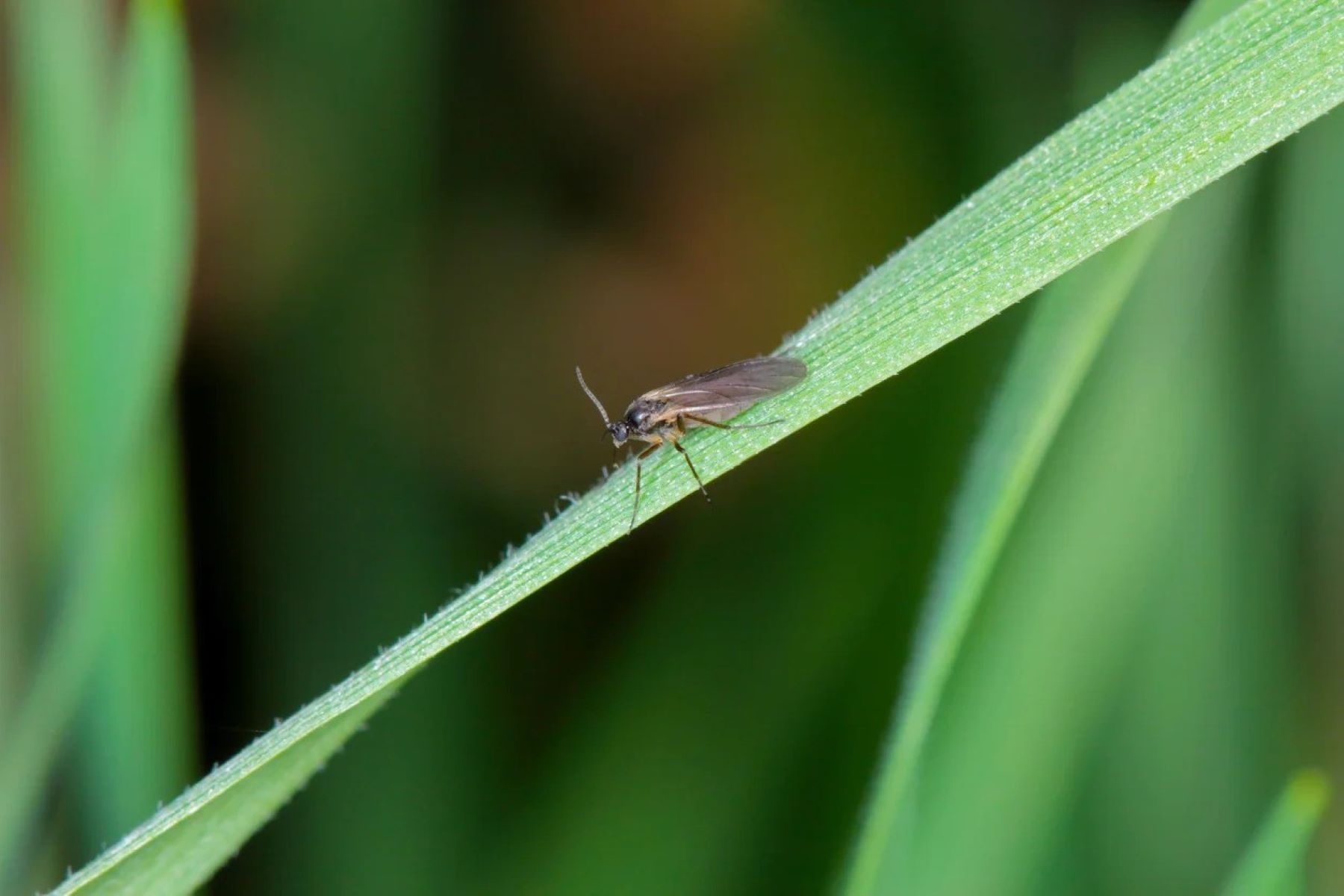
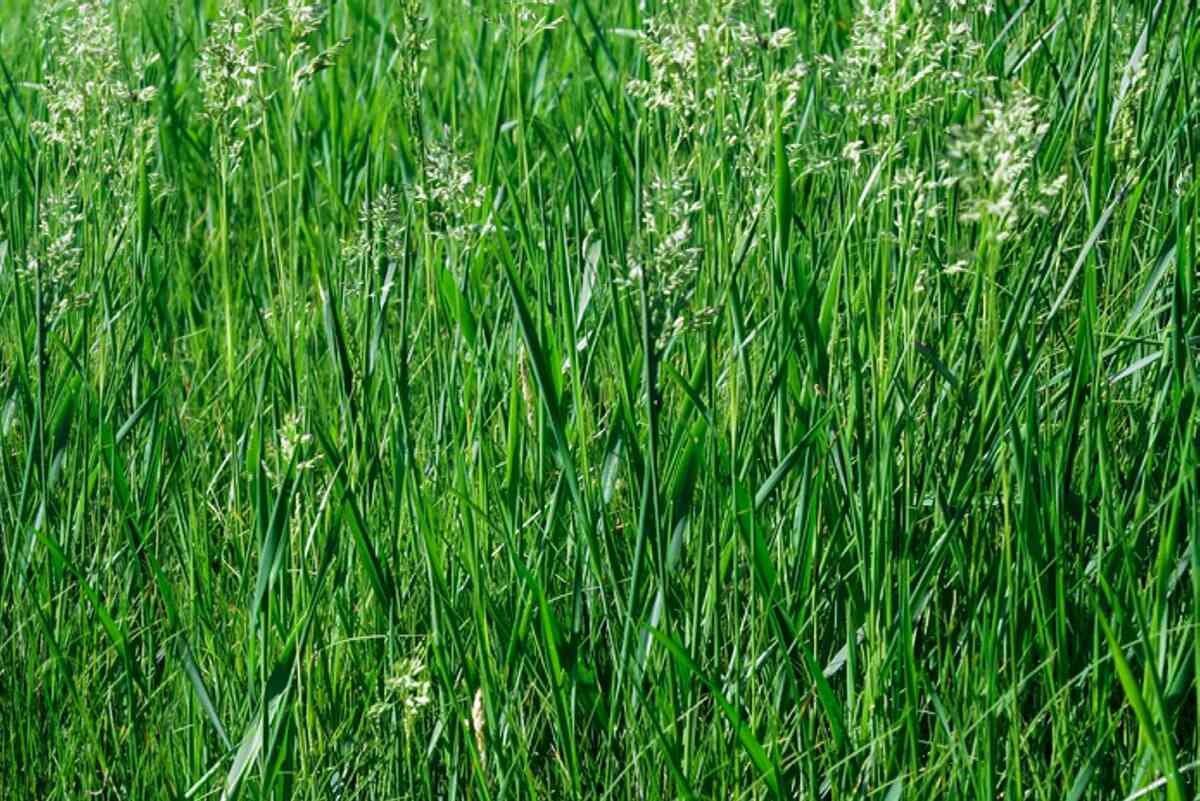
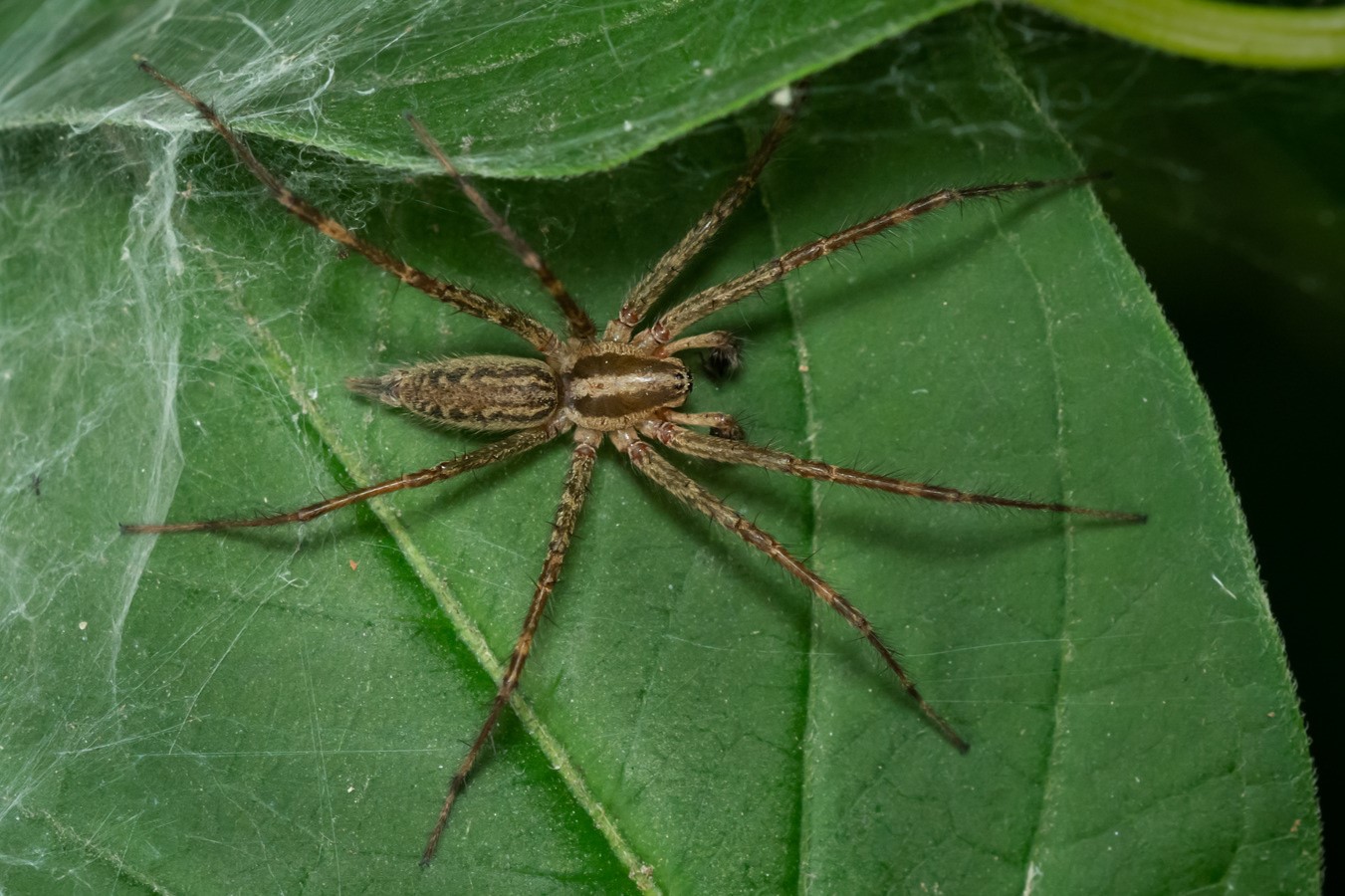
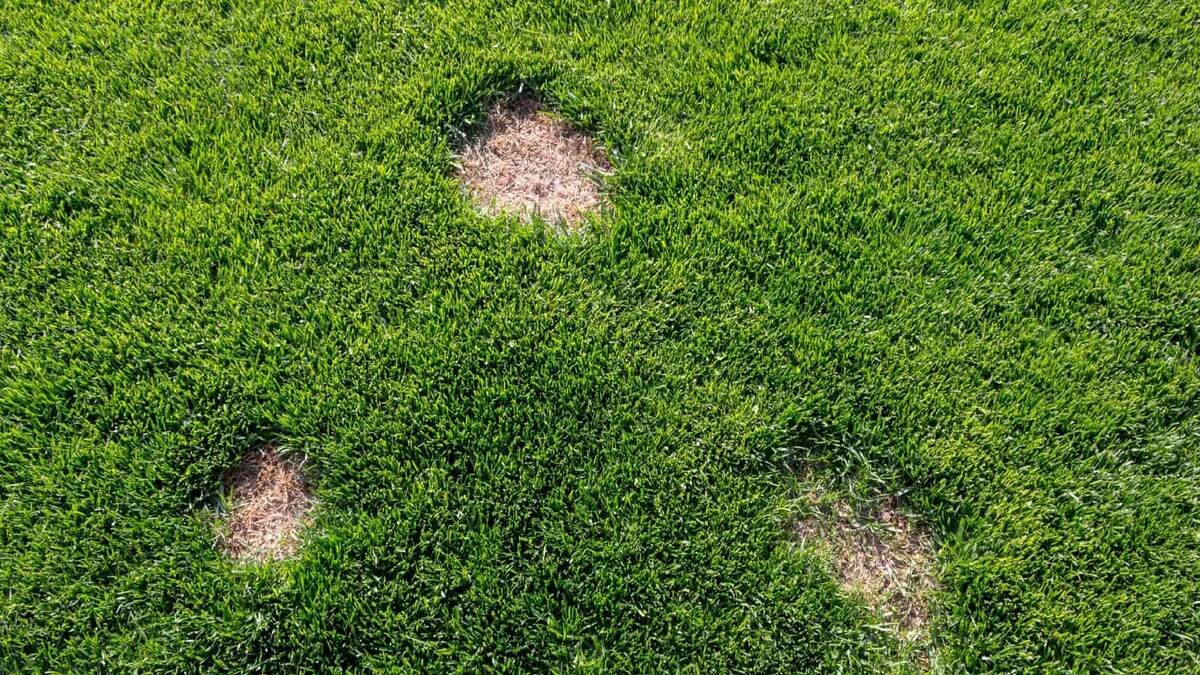
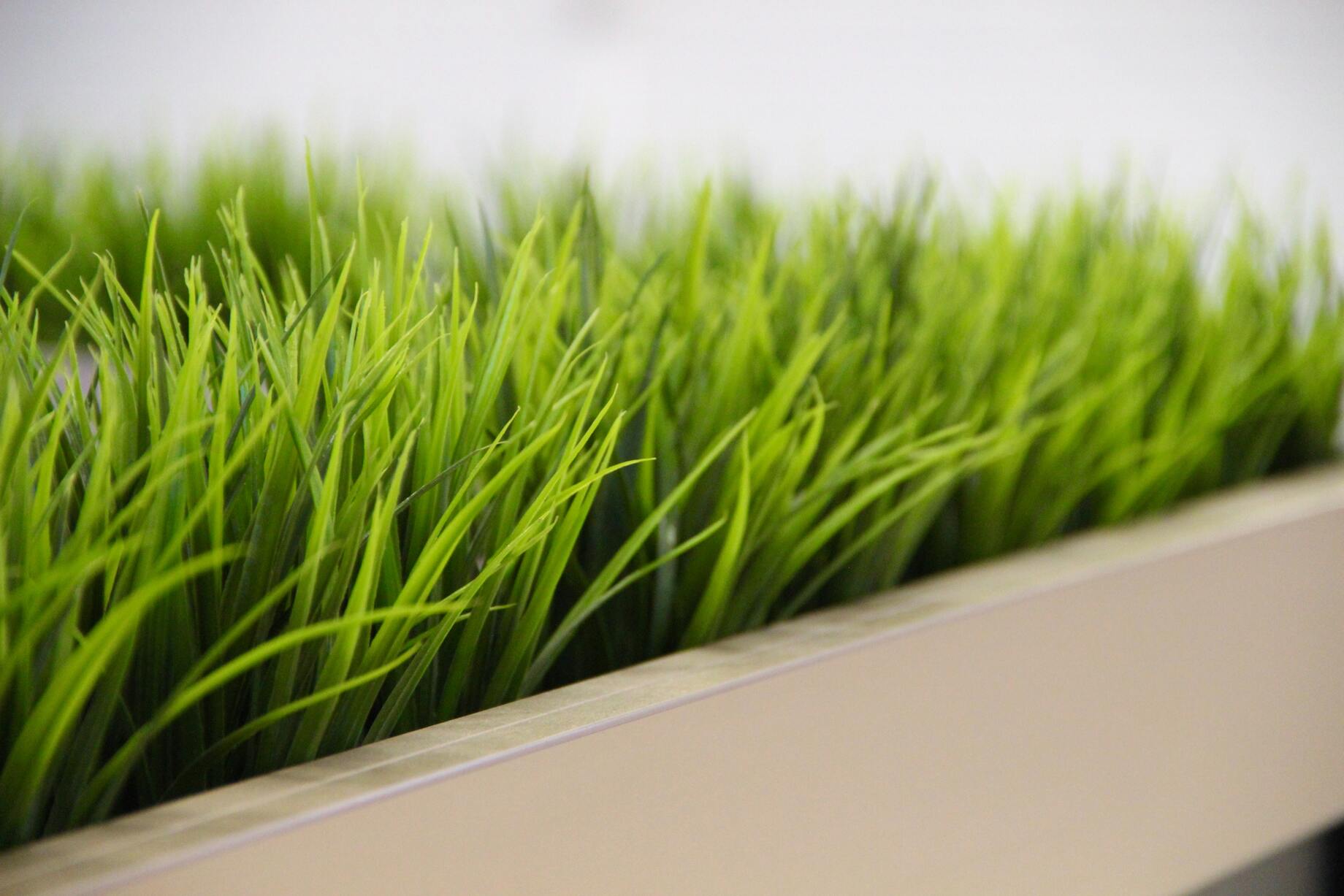
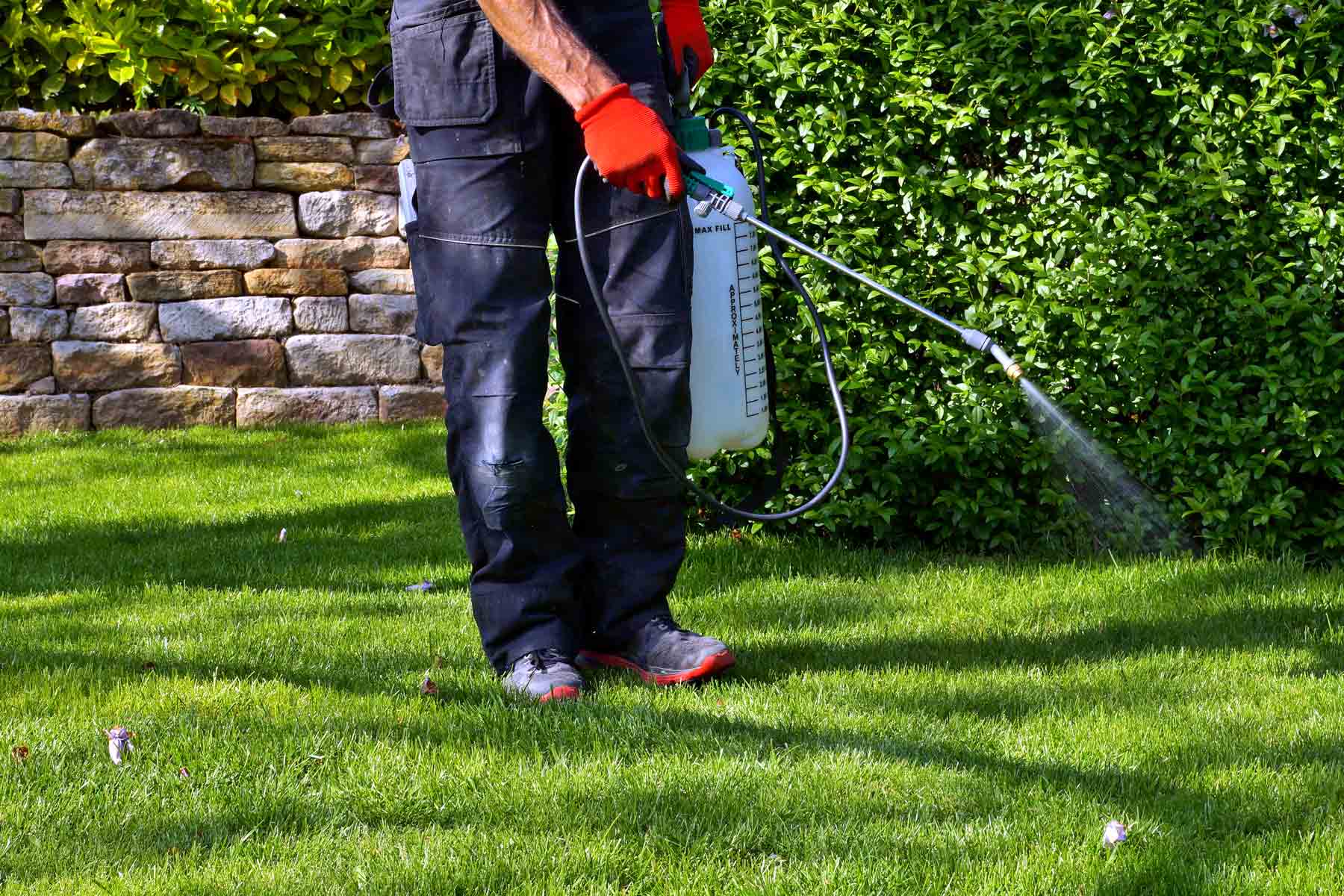

0 thoughts on “How To Get Rid Of Water Grass”